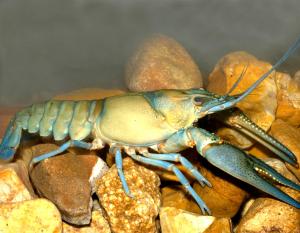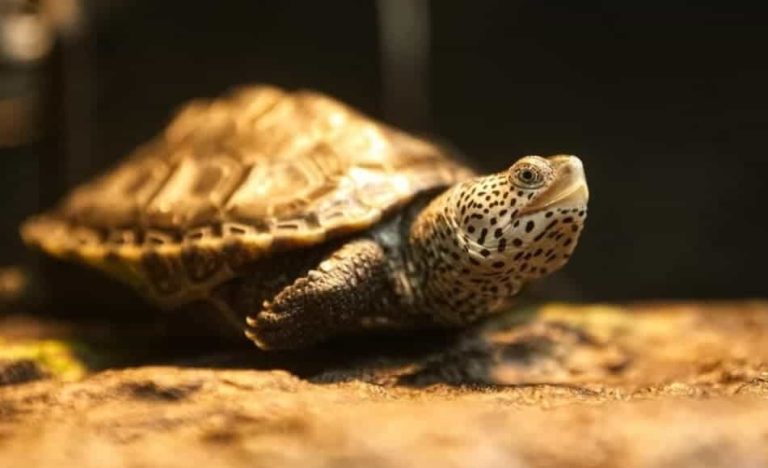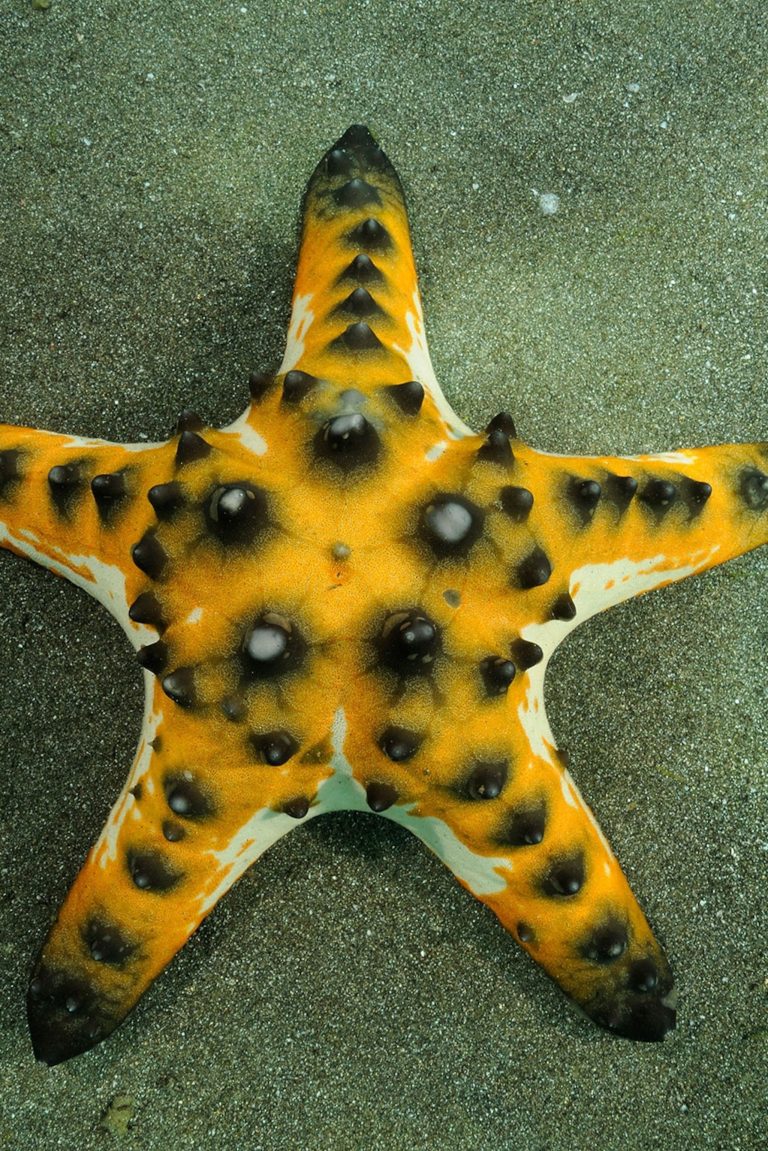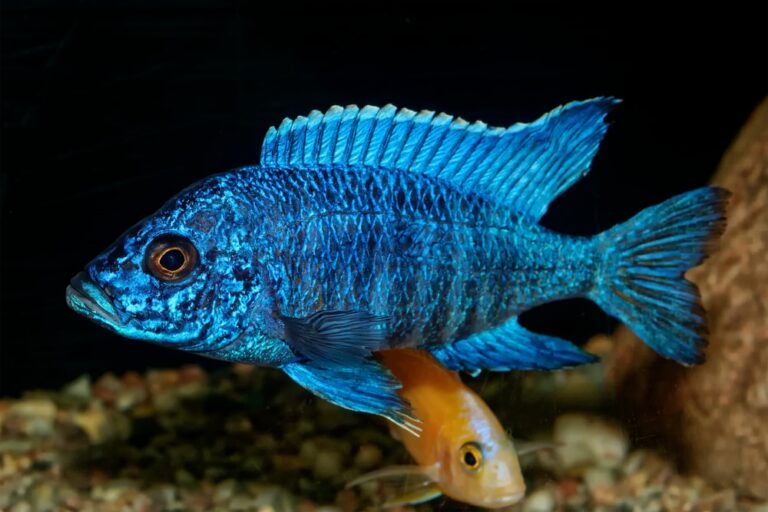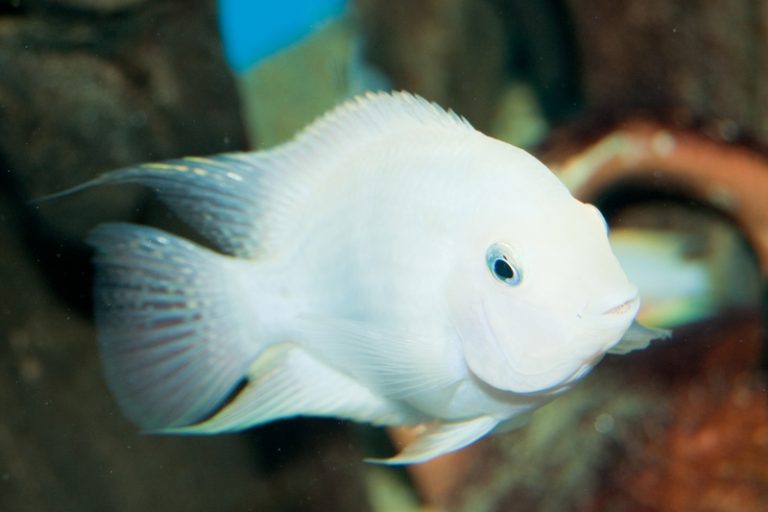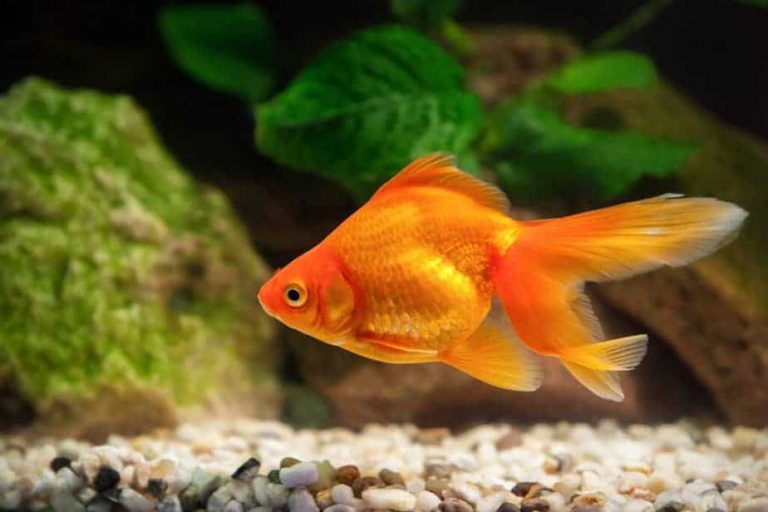Unlocking the Mysteries of Common Pleco Size by Age
Common plecos can grow up to 24 inches in length after 15 years. The common pleco, also known as hypostomus plecostomus, is a popular freshwater fish known for its ability to clean up algae in aquariums.
However, many new pleco owners may wonder just how big their fish will grow and when they will reach their full size. The size of common plecos varies greatly depending on factors such as diet, tank size, and water quality.
In this article, we will explore common pleco size by age and discuss how to properly care for these fascinating fish. By understanding their growth rate and requirements, you can create a healthy habitat for your plecos to live long and happy lives.

Credit: www.amazon.com
The Growth Process Of Common Plecos
Common plecos are a popular type of fish to keep in aquariums for their unique appearance and interesting behavior. As with any pet, it’s essential to understand the growth process of common plecos to keep them healthy. In this blog post, we’ll discuss the stages of growth in common plecos, as well as the hormones responsible for their growth.
Hormones Responsible For Growth In Common Plecos:
- Growth hormone (gh) – key hormone in stimulating pleco growth
- Insulin-like growth factor (igf) – produced in response to gh
- Thyroid hormones – promotes bone growth and metabolism
- Sex hormones – influences pleco growth rate, depending on the sex
Stages Of Growth In Common Plecos:
- Fry stage: This stage lasts from birth to about two weeks when the plecos are about a quarter inch in length. During this stage, they have an adhesive organ that allows them to cling to surfaces.
- Juvenile stage: This stage usually lasts until the plecos reach six months of age and can grow to be three to four inches in length. Plecos may change colors during this stage.
- Subadult stage: This stage can last up to two years, and plecos can grow up to seven or eight inches in length. They may lose their mottled coloring and become a solid color.
- Adult stage: Plecos can live up to 15 years and can grow to be up to 24 inches long. Females tend to be larger than males.
Understanding the growth process of common plecos is vital to maintain their health and provide them with an appropriate environment. By understanding the hormones responsible for their growth, new pleco owners can adjust their feeding and care routines to meet their pets’ unique needs.
Additionally, knowing the stages of growth can help owners identify the age and size of their pets.
Factors That Affect The Growth Rate Of Common Plecos
Plecos, also known as plecostomus, are a popular addition to many aquariums due to their interesting appearance and algae-eating ability. However, their growth rate can be affected by various factors that need to be considered for their wellbeing and longevity.
Food And Diet
The quality and quantity of food given to the common pleco plays a significant role in their growth rate. Here are some key points to consider:
- Plecos are omnivores and require a balanced diet consisting of both plant-based and protein-based food.
- Overfeeding should be avoided as excess food can cause digestive problems and affect their growth rate.
- Plecos need a varied diet consisting of algae wafers, fresh vegetables, sinking pellets, and occasional meaty treats like shrimp or bloodworms.
Water Quality
Plecos need a clean and well-maintained aquarium environment to thrive. Here are some key points to consider:
- The ideal ph level for plecos ranges from 6.5-7.5, with a water temperature between 72-82°f.
- High levels of ammonia, nitrate, and nitrite can be toxic to plecos and affect their growth rate.
- Performing regular water changes, cleaning the filter, and removing uneaten food can maintain good water quality.
Tank Size And Other Environmental Factors
The size of the aquarium and other environmental factors can also affect the growth rate of plecos. Here are some key points to consider:
- Plecos require a tank size of at least 30-40 gallons to thrive, with ample hiding places and a proper filtration system.
- Overcrowding can cause stress and affect their growth rate, so the number of fish in the tank should be monitored.
- Good tank maintenance, proper lighting, and a suitable substrate can also contribute to their overall wellbeing.
Overall, maintaining a clean and stable aquarium environment with a varied and balanced diet can help ensure the optimal growth rate and health of common plecos.
Measuring The Size Of Common Plecos
As an aquarium enthusiast, one of the essential things you need to know about your common plecos is their size. Common plecos come in different sizes, and it’s crucial to measure them accurately for proper care and maintenance. Measuring the size of common plecos can be challenging, but there are various methods to keep in mind.
Various Methods For Measuring Common Plecos
There’s a range of techniques you can use to determine the size of your common plecos. Here are some of the most effective ways you can use:
- Measure from the fish’s mouth to its tail using a measuring tape or ruler. Lay the fish on a flat surface to get the most precise measurement.
- If the fish is too big, you can try placing it in a clear plastic bag with water and measuring its length from outside the bag.
- You can use markings on the side of your fish tank to estimate your pleco’s size.
- You can compare the size of your common pleco against another fish of a known size.
Importance Of Accurate Measurement
Why is it important to measure the size of your common plecos accurately? Here’s why:
- Proper care: Knowing the exact size of your common plecos enables you to provide proper care. You’ll need to know the size of the tank that can accommodate them and the right type of food to feed them.
- Health: Having accurate information on the size of your common plecos helps you know whether they’re growing at a healthy rate or not. You can easily detect any health concerns like weight loss or stunted growth, which could indicate a problem.
- Future planning: Knowing the size of your common plecos helps you plan ahead of time. You’ll know when they’ve outgrown their current tank and need to move to a more significant one.
Measuring the size of your common plecos is an important aspect of their care and maintenance. There are various methods to use, and it’s crucial to measure them accurately. Whether you’re a beginner or a seasoned aquarium enthusiast, taking the time to measure your common plecos help ensure their longevity, health, and happiness.
How To Determine The Age Of Common Plecos
Common pleco size by age: how to determine the age of common plecos
Common plecos, or hypostomus plecostomus, are one of the most popular species of plecos kept by aquarium enthusiasts. They are hardy, easy to care for, and grow to impressive sizes. However, determining the age of common plecos can be quite tricky.
We will discuss the factors that can influence age determination and the techniques for determining the age of common plecos.
Factors That Can Influence Age Determination
There are several factors that can make it difficult to determine the age of common plecos. These include:
- Environment: The environment in which the pleco is kept can influence its growth rate and, therefore, its size. For example, a pleco that is kept in a large aquarium with plenty of space to swim and explore is likely to grow faster and bigger than one that is kept in a small tank.
- Genetics: Genetics can also play a role in the size and growth rate of plecos. Some plecos are simply genetically predisposed to be larger and grow faster than others.
- Diet: Diet can also impact the growth rate of plecos. A well-fed pleco that is provided with a varied and balanced diet is likely to grow faster and bigger than one that is not.
Techniques For Determining The Age Of Common Plecos
There are several techniques that can be used to determine the age of common plecos. These include:
- Counting growth rings: Common plecos, like many other fish, develop annual growth rings on their scales. By counting these rings, you can determine the age of a pleco. However, this method can be quite tricky, as the rings can be difficult to see, especially on large plecos.
- Measuring length: You can also estimate the age of a pleco based on its length. Common plecos grow to be quite large, and their growth rate slows down as they age. By measuring the length of a pleco and comparing it to growth rate charts, you can estimate its age.
- Observing behavior: Finally, you can also estimate the age of a pleco based on its behavior. Plecos tend to become more territorial as they age, and older plecos may display more aggressive behavior than younger ones.
While determining the age of common plecos can be quite challenging, these techniques can help you make an informed estimate. By keeping an eye on your pleco’s behavior and growth rate, and by providing it with a healthy environment and balanced diet, you can help ensure that your pleco grows and thrives for years to come.
Frequently Asked Questions On Common Pleco Size By Age
How Fast Do Plecos Grow?
Plecos typically grow 1 inch per year for the first 3 years.
How Large Do Common Plecos Get?
Common plecos can grow up to 24 inches in length.
What Is The Life Span Of A Common Pleco?
Common plecos can live for up to 20 years in captivity.
Can A Common Pleco Live In A Small Tank?
No, common plecos need a minimum of 75 gallons of water. Note: the faqs and their answers are based on the assumption that the blog post is about common plecos.
Conclusion
To sum up, monitoring a common pleco’s growth by its age can be a helpful tool for aquarium owners in managing their tank environment. These fish have the potential to grow quite large, so it’s important to give them adequate space to avoid stunted growth or unhealthy conditions.
Adhering to good tank maintenance practices and following recommended feeding habits based on a pleco’s age can also support their growth and overall wellbeing. It’s worth remembering that while there are average benchmarks for common pleco size by age, there can be some natural variability in how quickly any given fish grows and reaches its full potential.
By staying informed and attentive, however, aquarium owners can ensure their plecos thrive and flourish in their underwater home.
